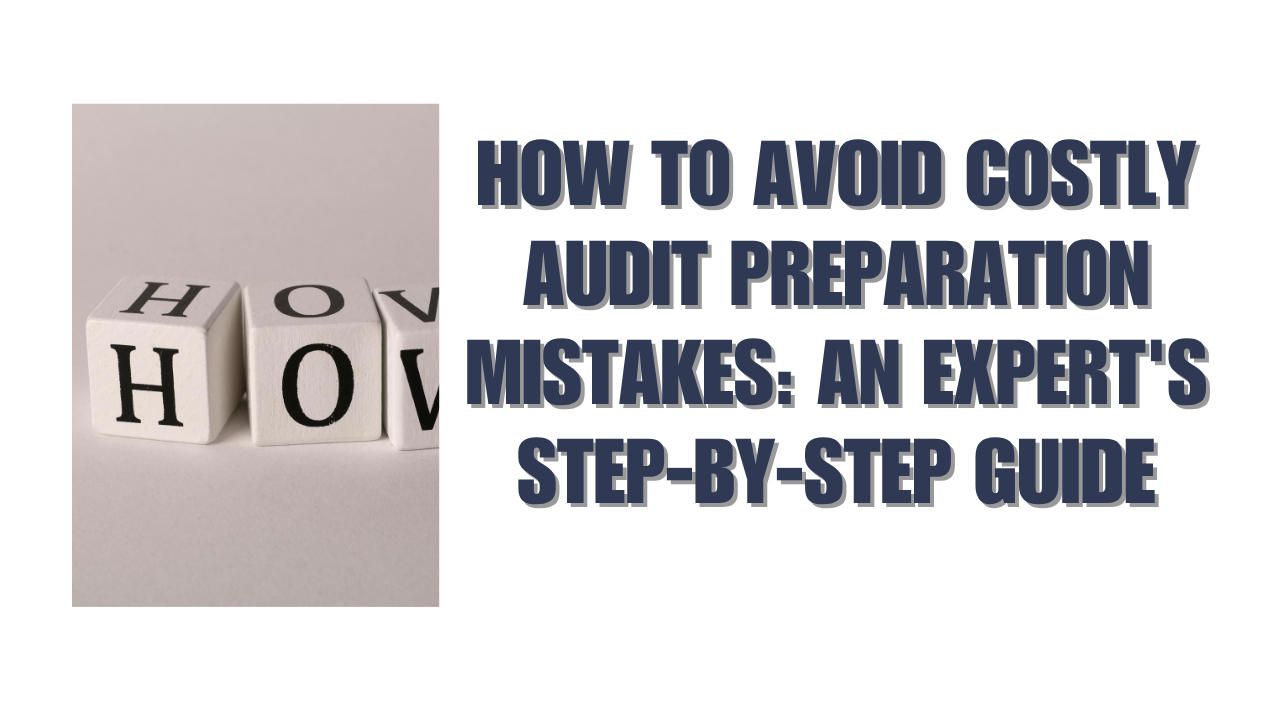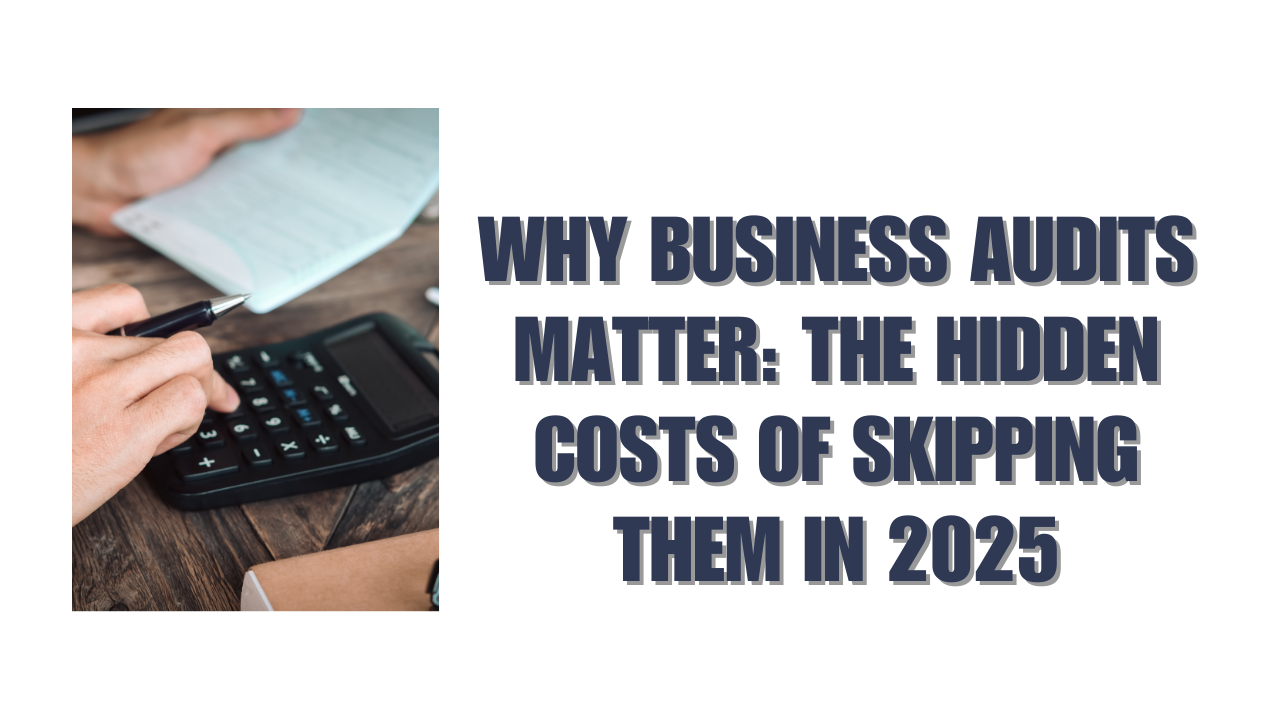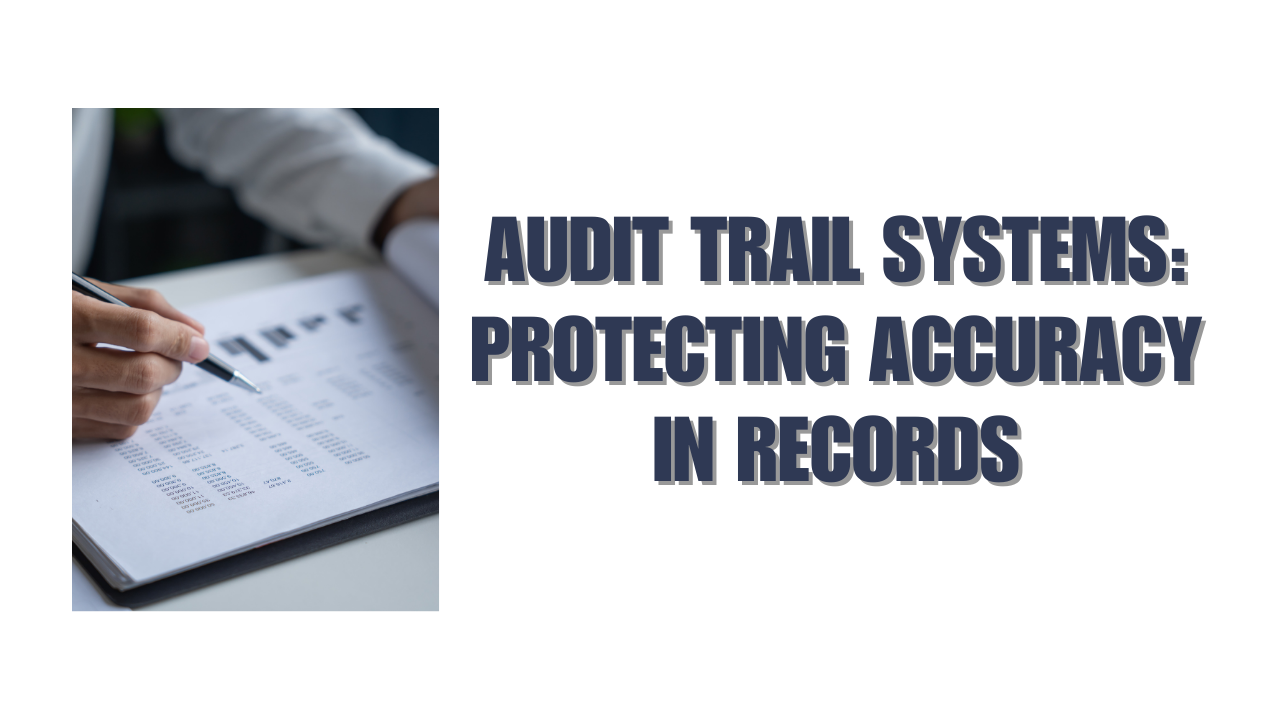Poor preparation ranks as one of the worst audit preparation mistakes businesses make today. Failed audits can wreck your business with huge money losses, damaged reputation, lost clients, and regulators breathing down your neck.
This story repeats itself over and over. Many businesses don’t keep their financial records in order and end up dealing with delayed audits and needless stress. Your SOC report often shows control errors that create exceptions. These audit mistakes keep showing up even when you have great quality and operations teams.
We’ll show you how to dodge these expensive traps step by step. Our work with hundreds of organizations proves that poor planning creates the most serious problems. The good news? A solid preparation plan and the right audit checklist will help you direct this process the right way.
Want your next audit to run without a hitch? Let’s head over to the steps you need to take.
Step 1: Prepare Your Audit Foundation
A solid foundation begins with proper record organization. My years of experience show that organized financial documents make audits faster and reduce errors during review. You need a dedicated space to store all financial documents systematically, whether physical or digital.
Your audit team should bring together experts from different areas. The best teams have people from operations, quality assurance, maintenance, and the core departments. Pick a main contact person who knows the numbers and can answer auditor questions clearly.
Working with your auditor early makes a big difference. Start talking with them way before the reporting date to discuss important decisions and accounting methods. This helps avoid surprises when the first audit begins.
Document everything you do – it helps both auditors and your team understand the process better. Make sure everyone knows their role and can explain how controls work. Your business accounts should be separate from personal ones. This clear separation makes tracking easier and prevents accounting problems.
The last step is to make a complete audit checklist. This should cover gathering core documents, matching up accounts, and adding extra time to your schedule.
Step 2: Strengthen Internal Controls and Processes
Internal controls protect organizations against financial misstatements and operational inefficiencies. The COSO framework’s five key components are the foundations of a resilient internal control system: control environment, risk assessment, control activities, information and communication, and monitoring.
Your organization’s control systems need oversight from an audit and risk committee. The committee members should understand financial matters well enough to ask tough questions during audits. Regular control testing helps find weaknesses before your auditor does.
Store all documentation in an accessible repository that makes it easy to retrieve information when auditors need it. We focused on documenting preparation and review signatures, report parameters, and evidence of accuracy checks.
Your controls need assessment against updated frameworks. The Committee of Sponsoring Organizations updated its Internal Control – Integrated Framework after 20 years, which makes switching to the new version crucial.
A proactive risk management process helps anticipate threats in your business environment. The core team should teach employees about their compliance responsibilities to encourage a culture of integrity.
Note that strong internal controls reduce misstatements while audit procedures verify control effectiveness. Both internal and external audits give boards valuable assurance that activities stay compliant through periodic reviews.
Step 3: Avoid Common Audit Mistakes During Execution
Even well-prepared audits can fail during execution. Many organizations don’t realize that proper nonconformity management leads to success. Nonconformity happens when processes, products, or systems don’t meet requirements. This usually stems from poor processes, weak quality control, or human mistakes.
Your audit documentation must tell the complete story. Any experienced auditor should understand your evidence and conclusions without prior knowledge. Make sure you complete all documentation before clearing audit findings. This creates a strong foundation for your results.
Poor communication can destroy an audit’s effectiveness. Clear conversations with auditors help everyone understand expectations, timelines, and scope. Your findings gain trust and credibility when you stay professional throughout the process.
Here’s the quickest way to handle nonconformities:
- Record everything right away and get stakeholders involved without punishing staff who report issues
- Find the root cause with quality tools like the 5-M method
- Fix the actual problems, not just their symptoms
- Test your solutions to make sure issues won’t come back
Watch out for scope creep, especially when auditors get into areas beyond agreed boundaries. A clear scope helps you stay on schedule and manage resources better. You should also prevent internal scope creep. Set program ground rules and show how supposed “improvements” lead to budget problems.
Conclusion
Proper audit preparation is the life-blood of successful financial oversight. This piece explores how careful planning, strong internal controls and precise execution can protect your organization from audit mistakes that get pricey. Without doubt, the financial stakes stay high – monetary penalties and devastating damage to reputation are real risks.
A solid audit foundation needs well-organized financial documents and the core team in place. Companies that spend time on these early steps face fewer challenges during actual audits. On top of that, it helps to involve auditors early to avoid surprises that could throw the process off track.
Strong internal controls play a vital role in audit readiness. The five key elements of the COSO framework are the foundations of controls that work well. Regular tests catch weaknesses before they show up in audit findings. Then your organization stands ready to handle external reviewers’ scrutiny better.
Even the most careful preparation can fail due to poor execution. Clear communication channels, effective handling of nonconformities, and controlled scope must stay priorities throughout the audit process. Evidence shows that organizations using these best practices get better audit results consistently.
Note that successful audits come from careful planning and proven strategies. The goal goes way beyond the reach and influence of just passing an audit – it helps build your organization’s financial governance. By doing this and being systematic, you’ll avoid expensive mistakes and turn your audit process from a stressful task into a chance to improve your business.
FAQs
Q1. What are the key steps to prepare for an audit?
The key steps include organizing financial records early, assigning a dedicated audit team, using an audit preparation checklist, reviewing and updating internal controls, and conducting a pre-audit readiness assessment.
Q2. How can I strengthen my organization’s internal controls?
Strengthen internal controls by implementing the five components of the COSO framework: control environment, risk assessment, control activities, information and communication, and monitoring. Also, establish an audit and risk committee, centralize documentation, and regularly test controls.
Q3. What are common mistakes to avoid during an audit?
Common mistakes include poor communication with auditors, ignoring compliance requirements, failing to track and resolve non-conformities, inadequate documentation, and allowing scope creep. Avoid these by maintaining open communication, addressing issues promptly, and clearly defining audit boundaries.
Q4. How important is documentation in the audit process?
Documentation is crucial in the audit process. It should be thorough enough to enable an experienced auditor with no previous connection to understand the evidence supporting significant judgments and conclusions. Complete documentation before clearing audit findings to establish a defensible basis for results.
Q5. What should I do if nonconformities are found during an audit?
If nonconformities are found, document all details immediately, conduct a thorough root cause analysis, implement corrective actions that address root causes, and verify the effectiveness of these actions through testing. Involve stakeholders without penalizing employees for reporting issues.






